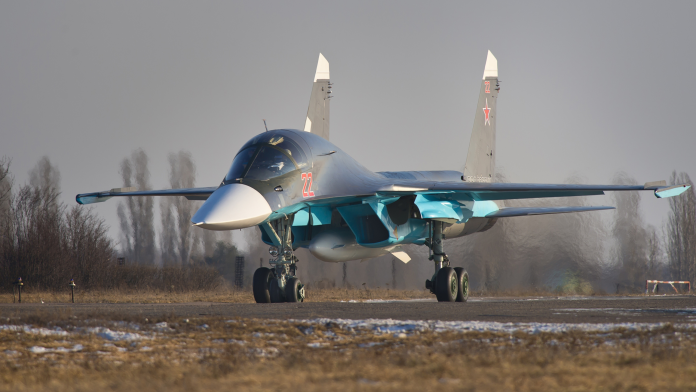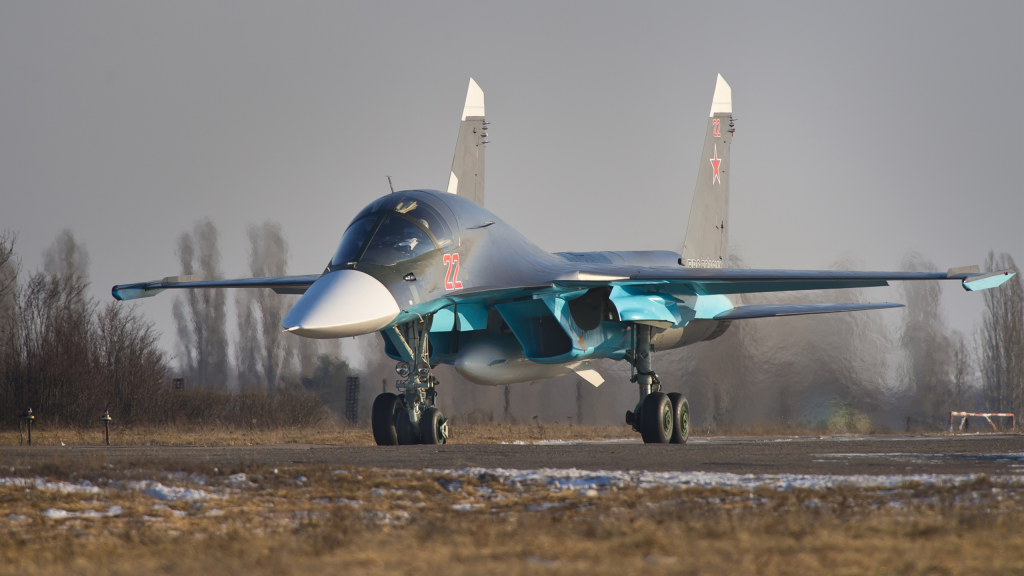
“Russia’s most powerful tactical bomber is tactically constrained by its own country’s restricted high-tech production,” a recent forensic analysis of shot-down planes highlights. Downing of a Russian Su-34 Fullback over Kursk in August 2024 was not just a battlefield win for Ukraine it was a glimpse into the evolving game between stealthy fighter jets and innovative air defenses. The incident, accompanied by unverified video and web controversy, underscored the technical complexity and high stakes of the air conflict over Ukraine.
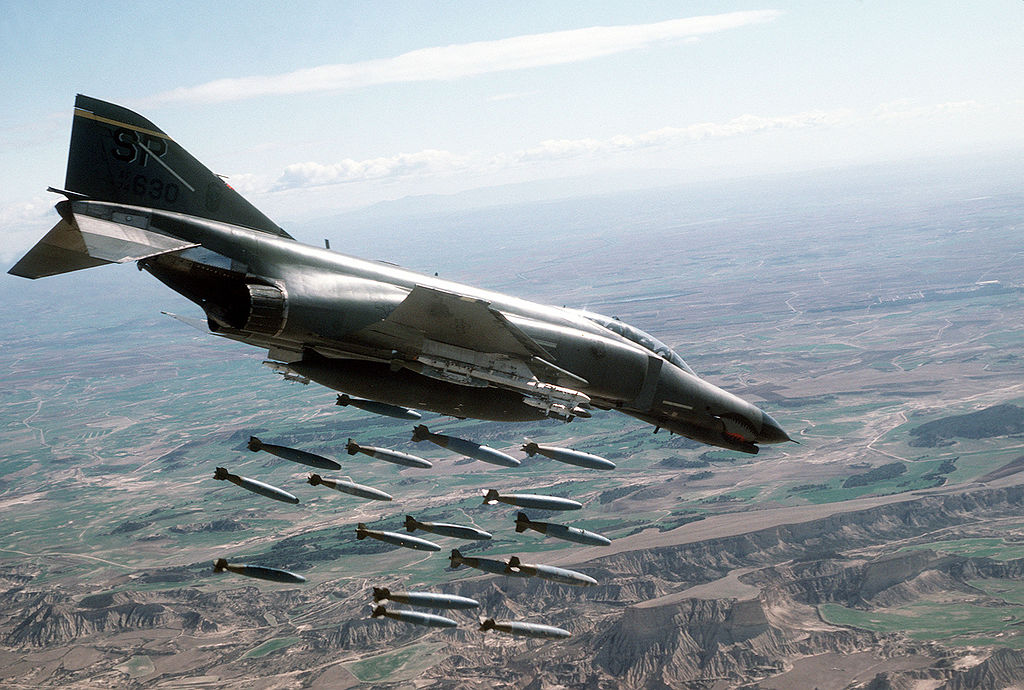
To defense planners and military technology enthusiasts, Russia’s loss of its finest fighter-bomber is not a tactical event in isolation. It is part of a larger narrative: how 21st-century aerial warfare, supply chain vulnerability, and multi-layered air defense are reshaping the balance of power. Seven important points based on recent coverage and technical analysis bring the larger story to life.

1. The Su-34: A Soviet Legacy Combatting a Modern War
The Su-34 Fullback, although officially achieving service in 2014, was conceived in late Cold War ambitions. To replace the Su-24 Fencer and MiG-27, its production development took over two decades, which halted after the fall of the Soviet Union and only gained production status in the late 2000s. This longer gestation resulted in the Su-34 being a hybrid: a 4++ gen strike fighter with deep Soviet roots, tailored to penetrate low level against 1980s NATO air defense. As Forbes analysis notes, this imbalance between original intent and present threat environment has motivated its strengths and weaknesses in Ukraine.
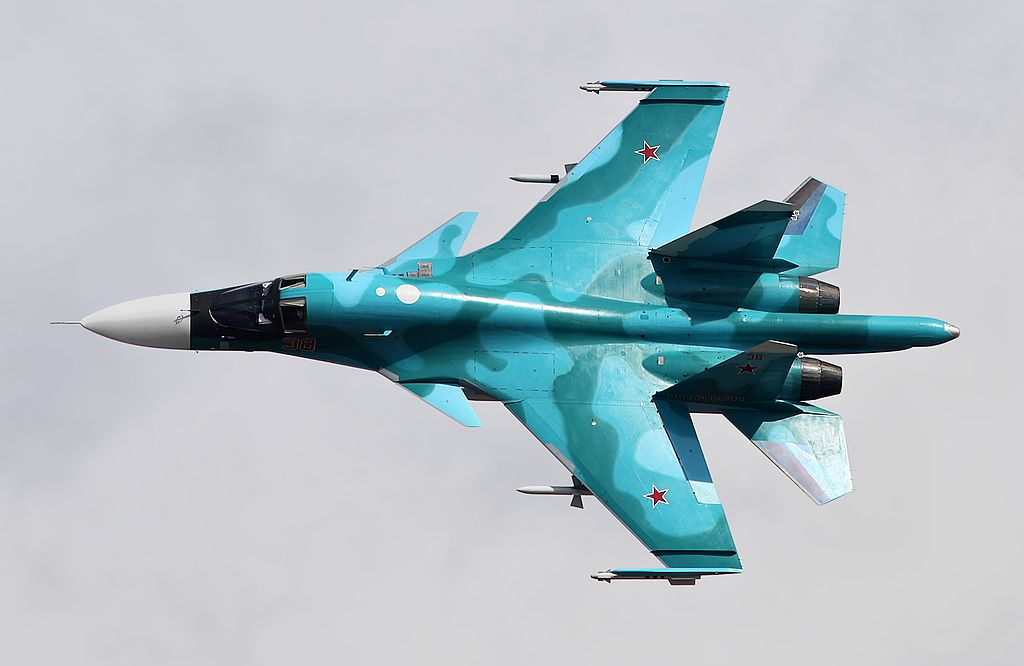
2. State-of-the-art, but Flawed: The Su-34’s Design Compromises
With its distinctive ‘platypus’ nose and side-by-side seating, the Su-34 is optimized for survivability and longevity. Its titanium-armored crew bay, reinforced landing gear, and canard foreplanes equip it for deep strike. The Su-34’s avionics set focused on the Sh141 PESA radar and Khibiny electronic warfare system were leading-edge at design. But these strengths also create a big radar cross-section and bad stealth, making the Su-34 susceptible to modern air defenses. The thick armor, while defensive, comes at the cost of maneuverability and top speed, a cost paid dearly against Ukraine’s SAM and MANPADS layer.
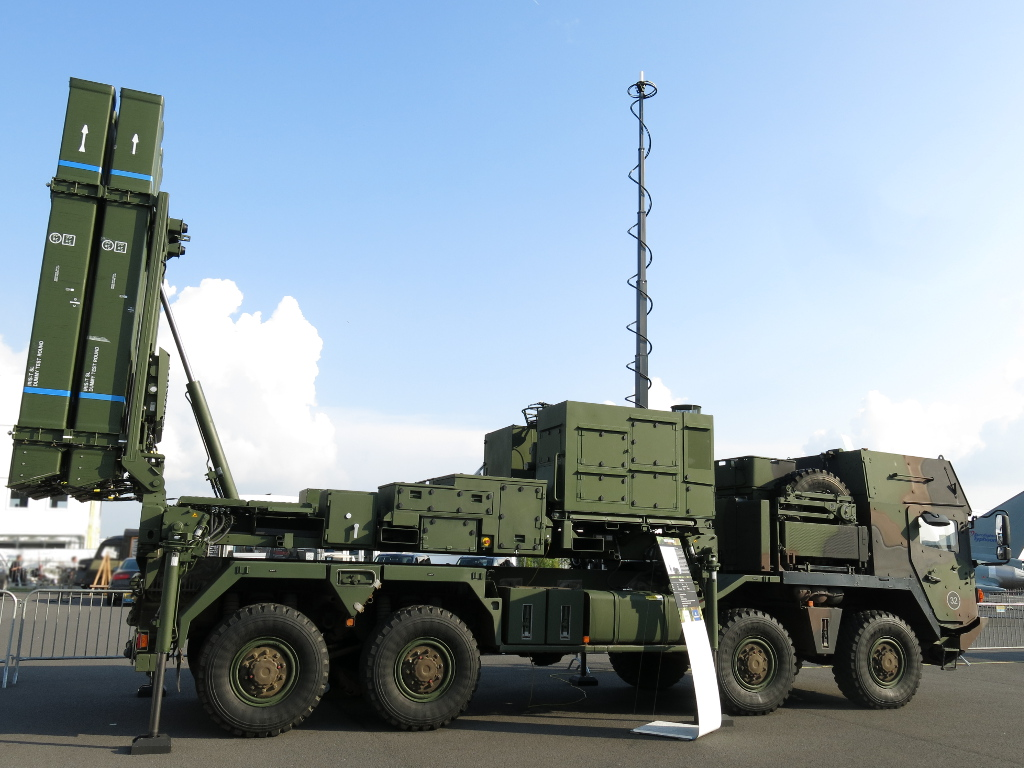
3. Ukraine’s Air Defense: Layered, Mobile, and Lethal
Ukraine’s combined air defense has been the deciding factor in blunting Russian airpower. In the early stages of the war, mobile SAMs and plenty of MANPADS made low-altitude flights very costly for Russian planes. As Royal United Services Institute reports, this forced Russian pilots to operate in the edges of Ukrainian-held air space, at times being forced to use standoff weapons. The incorporation of Western technologies like the IRIS-T SLM also supported Ukraine’s capabilities in intercepting cruise missiles, drones, and even some ballistic threats, albeit there remain limitations in handling high-speed ballistic missiles.
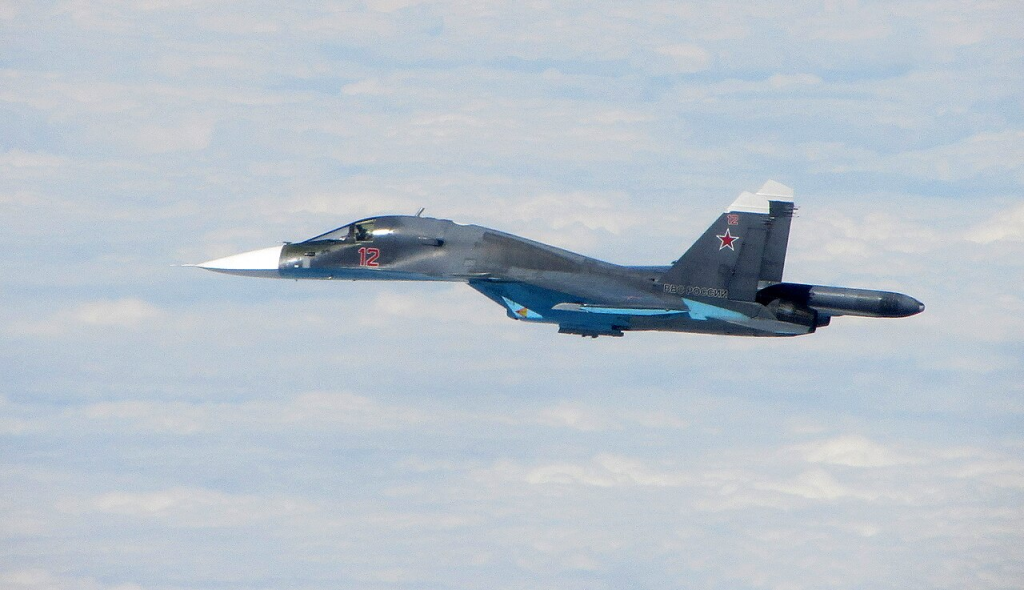
4. The Cost of Loss: Strategic and Economic Impact
This is a significant blow to Russia’s air force operationally and financially. Given the cost per unit well over $36 million, and Russia making fresh aircraft Su-30/34/35 around 20 a year, losses are presently more than replacement rates. Oryx, the Dutch intelligence organization, reports Russia has lost 40 Su-34s and a sole Su-34M since invasion commenced and through August 2024. This attrition, compounded by airframe wear upgrades, is eroding Russia’s front-line fighter capacity by as much as 25% of pre-war levels, significantly higher than the 10% rate cited by some Western commanders.
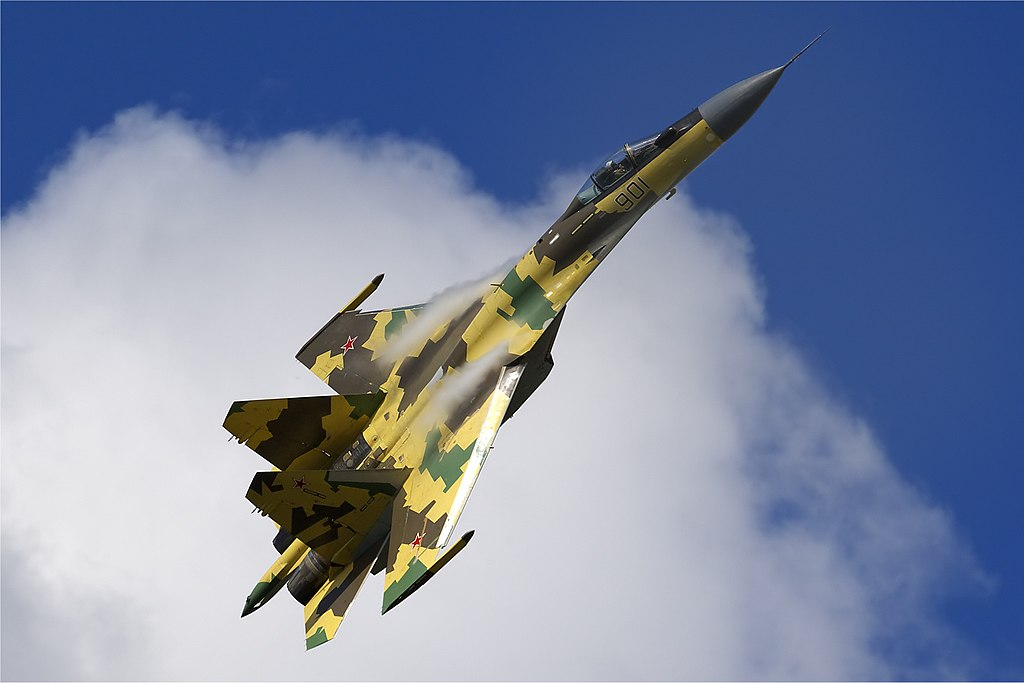
5. Western Microelectronics: The Su-34’s Hidden Weakness
One striking find from open-source research is the reliance on foreign microelectronics by the Su-34. Of the 1,119 components identified in crashed Su-34 and Su-35 aircraft, 1,115 were made in the US, Germany, Japan, South Korea, Taiwan, or France. The chips, often commercial off-the-shelf, power everything from radar and targeting to navigation and communications. Sanctions have constricted Russia’s access, but ‘gray’ import networks continue to supply critical parts, as this joint report describes. This dependence is structural vulnerability absent these parts, Russia’s most capable fighters would be bereft of their technological edge.
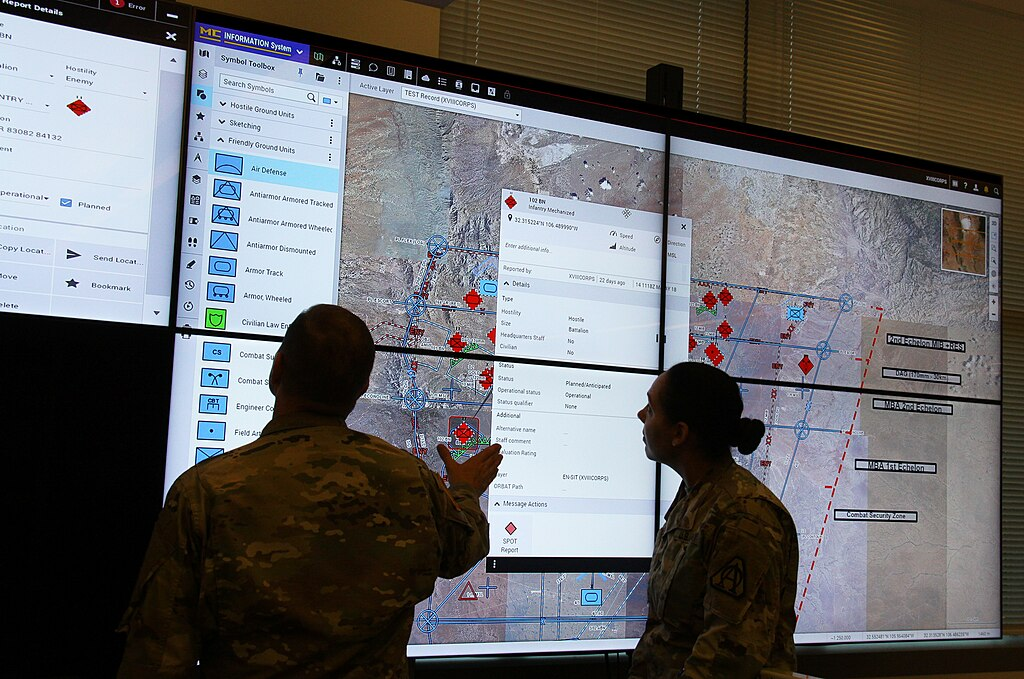
6. Social Media and OSINT: Redefining the Battlefield of Information
Unverified video and instant claims on social media followed the downing of the Su-34 over Kursk. Open-source intelligence (OSINT) has become central to validating such incidents, with organizations such as Oryx recording losses based on photo and video documentation. The conflict in Ukraine is the first war, OSINT experts say, where massed conventional forces are then followed in close real-time through satellite imagery and cyber detectives. This transparency limits the ability of either side to control the narrative, which increases the difficulty of outcomes on the battlefield to report or spin.
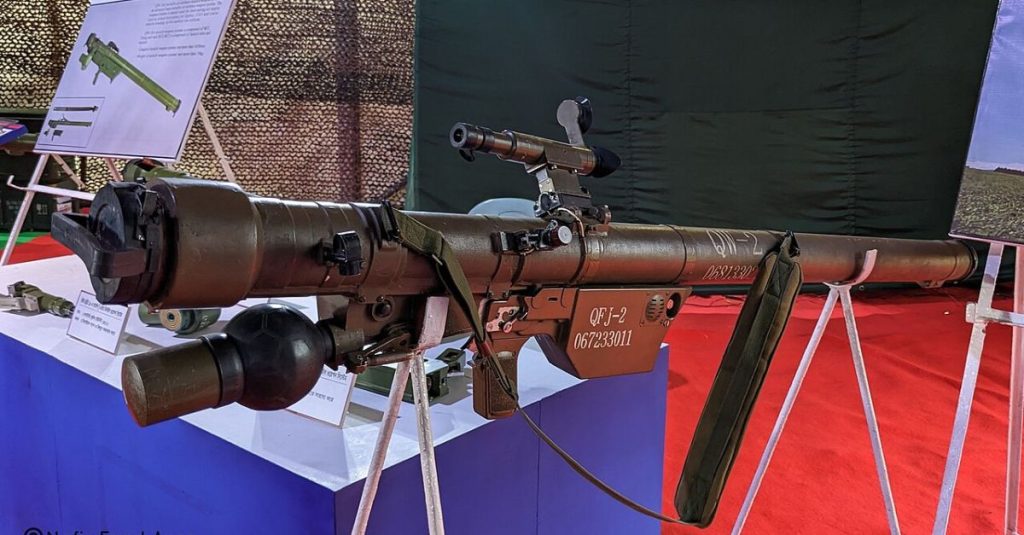
7. The Future of Air Superiority: Lessons for Modern Warfare
The future of the Su-34 in Ukraine should act as a warning to air forces across the globe. As Russian pilots have learned, even advanced aircraft are susceptible without air superiority and efficient countermeasures. The proliferation of MANPADs, mobile SAMs, and networked air defenses rewrites the arithmetic of strike operations. For Western planners, the war underscores the value of multi-layered air defense, nimble technological change, and hardened supply lines. The future of airpower will be as much influenced by logistics and electronic warfare as by firepower and speed.
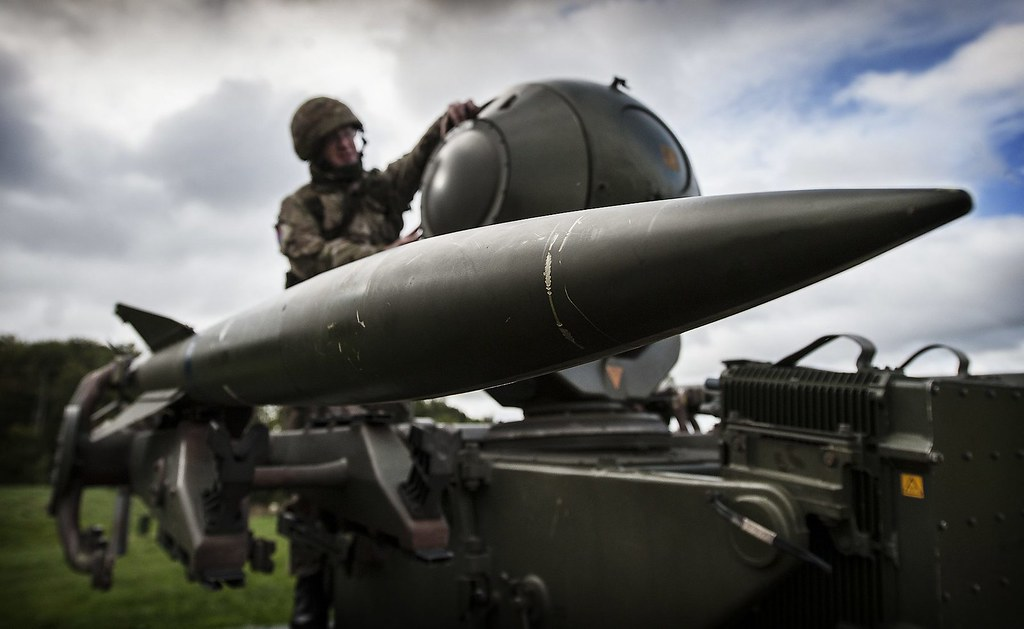
The shootdown of a Su-34 over Kursk was more than a tactical triumph it was a turning point in the ongoing revolution in air warfare. For defense commentators and enthusiasts, it is an exemplar in how past platforms, supply chain factors, and digital openness are transforming the skies. As the conflict proceeds, the lessons of the Su-34 will echo far beyond Ukraine, informing doctrine, procurement, and the nature of future air combat.
